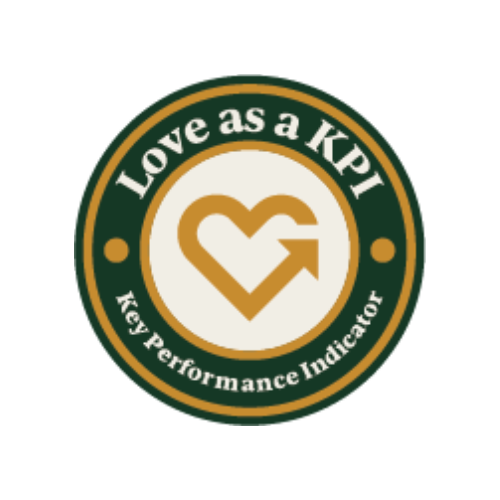The Missing Connection
In 2013 I had a habit of writing 'ahas' to myself.
Whenever I got a moment of clarity and conviction on something - I would immediately email it to myself so I didn't lose its potency.
A few days ago, I re-discovered this catalog of 'ahas' and interestingly, they all resonate today probably more than they did when I wrote them.
In one of them, I had distilled my 'why' down to two sentences:
I care about how people see and treat other people.
I care about how people see and treat themselves.
This is still indeed the case today, even as the 'how' continues to evolve. In fact, more-so than before, I truly believe these two things are of significant consequence to nearly all outcomes in life and particularly business.
'how we see': this is not literal visual sight, but our overall perception of a thing - this includes how valuable it is, what it's capable of, how worthy it is, and once that's cemented, everything flows from that.
'how we treat': this is the natural outflow of 'how we see', and is evident in our policies, procedures, practices. It shows up in what outcomes we measure and what we prioritize.
I believe there is often a missed connection between how we see people and the outcomes we want in business.
How we 'see' another (also colored by how we see ourselves) be it colleague, neighbor, member of a community etc. spills over to how we treat one another. This is true in every single human interaction, and business interactions are not immune. This shapes:
How we design products, environments and services (do we take time to learn their needs, preferences, challenges)
How we deliver products, messages and services (do we meet people where they are)
The overall experience we offer to any stakeholder group: consumers, customers, employees, community members etc.
which then of course impacts financial and operational metrics, growth, brand sentiment etc.
The net impact of this is what I believe is The Real Bottom Line: how we have left people as a result of their interaction with us.
Love as a KPI again has zero to do with feelings - its about perception, posture and then behavior.
I have felt many things over the course of writing this one article (uncertainty, excitement, hunger for a snack) but the action has continued in spite of all. Feelings are important - and they are helpful, but they are not a sustainable strategy for anything enduring.
I believe that when businesses are primarily driven by Love for people, it yields better outcomes for the bottom line, employees, customers and communities they serve. However, the way we see governs how we behave.
To actually Love someone, you have to first see them as worthy, as important, as valuable. We have to esteem them, see the inherent value in them. Indeed if people are the most valuable 'resource', we must see all people not as a means to an economic end but the end to begin with.
The irony often is, if we optimize for the best outcomes for people, for the most part every other outcome (financial, operational, strategic, repetitional) comes with it.
But it first starts with how we see.
